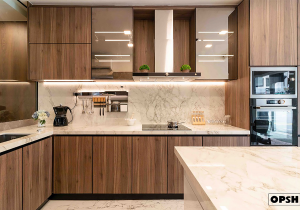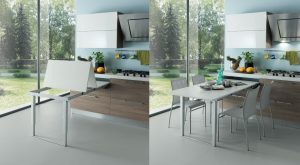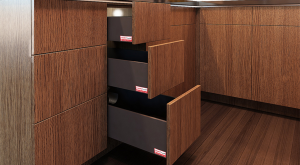Featured Post
Safety Tips for Kids' Room Furniture: Ensuring a Secure Environment for Your Little Ones
Safety Tips for Kids' Room Furniture: Ensuring a Secure Environment
Every parent wants their child’s room to be a safe, happy place. This guide shares practical safety tips for kids' room furniture, focusing on nightstands and other pieces. With the right choices, you can prevent accidents and create a secure space for your little one.
Why Safety Matters in Kids' Rooms
Kids are full of energy and curiosity. They climb, explore, and sometimes stumble. This makes safety a big deal. The U.S. Consumer Product Safety Commission (CPSC) reports that furniture tip-overs injure thousands of kids yearly. Bruises, cuts, or worse can happen if furniture isn’t safe. A secure room lets your child play and grow without risks.
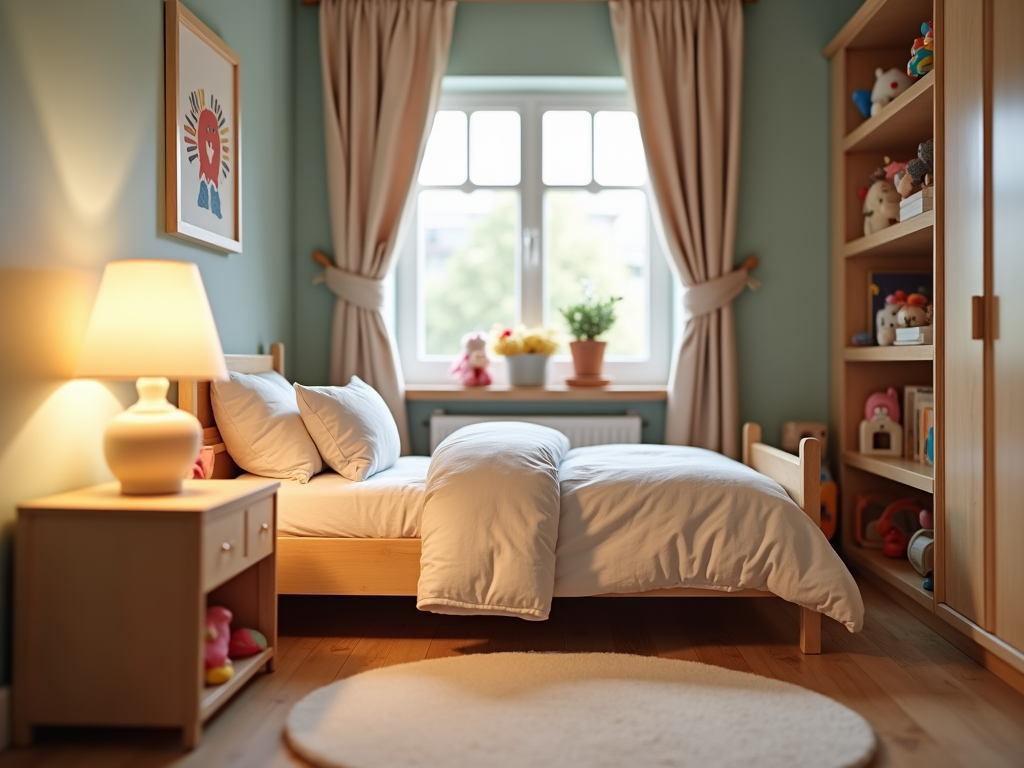
Common Dangers to Avoid
Knowing what can go wrong helps you stay ahead. Here are some hazards in kids’ rooms:
- Sharp Edges: Corners that cut or bruise when kids fall.
- Wobbly Furniture: Unstable pieces that tip over easily.
- Small Parts: Loose bits that kids might swallow.
- Harmful Materials: Finishes or woods that could make kids sick.
Spotting these risks is the first step to keeping your child safe.
How to Pick Safe Furniture
Choosing the right furniture keeps your child out of harm’s way. Here’s what to look for:
1. Go for Rounded Edges
Sharp corners are trouble. Pick nightstands for kids' bedrooms and nurseries with smooth, rounded edges. They’re gentler if a child bumps into them.
2. Check for Stability
Wobbly furniture is a no-go. Test each piece—does it stand firm? Anchor tall items like dressers to the wall with straps.
3. Use Safe Materials
Some furniture has toxic paints or glues. Look for labels like GREENGUARD Gold to ensure it’s safe for kids.
4. Skip Small Decorations
Tiny knobs or beads can break off. Choose simple designs without loose parts.
5. Add Soft-Close Features
Drawers that slam shut can pinch fingers. Soft-close hinges on a nightstand or dresser stop that from happening.
These steps make your child’s room both safe and stylish.
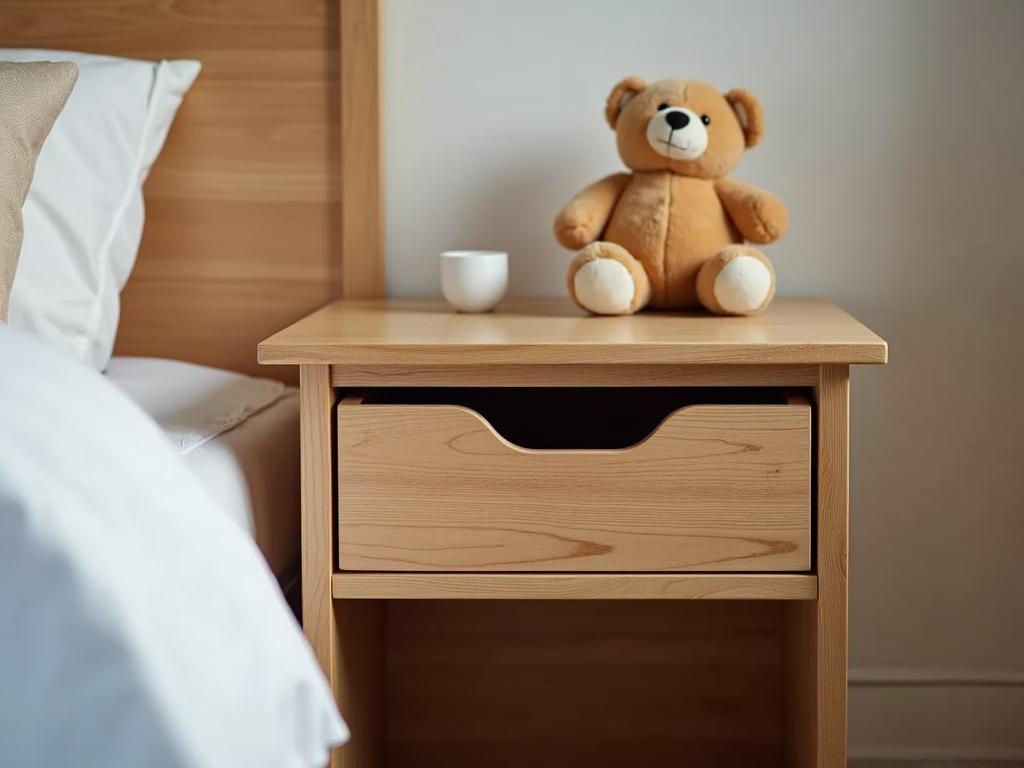
My Story: Making a Room Safe
When my son started toddling, I saw danger everywhere in his room. The dresser had sharp edges, and the bookshelf loomed like it could fall. One day, he tugged at a drawer and nearly tipped it. That was my wake-up call.
I swapped out the dresser for one with rounded corners and soft-close drawers. I bolted the bookshelf to the wall. Small toys went into bins he couldn’t reach yet. It wasn’t just safer—it felt calmer. I could breathe easier knowing he was protected.
Nightstands: Small but Mighty
A nightstand seems simple, but it’s key in a kid’s room. It holds a lamp, books, or a water cup. Here’s how to choose a safe one:
| Feature | Why It Helps |
|---|---|
| Rounded Edges | Prevents cuts or bruises |
| Solid Build | Won’t tip if climbed on |
| Non-Toxic Finish | Safe to touch or chew |
| Soft-Close Drawer | Protects little hands |
| Right Height | Easy for kids to use |
A good nightstand blends safety with function.

Extra Steps for a Safer Room
Furniture is just part of it. Try these tips too:
- Hide Cords: Tie up lamp or blind cords—kids can get tangled.
- Block Stairs: Use gates if the room has steps.
- Guard Windows: Add bars or stops to keep kids from falling out.
- Check Often: Look for loose screws or wear monthly.
- Talk to Kids: Teach them what’s safe to touch or climb.
These habits build a room that’s secure top to bottom.

Real Risks, Real Numbers
Furniture accidents aren’t rare. A study from Nationwide Children’s Hospital found that tip-overs send a child to the ER every 30 minutes in the U.S. That’s over 17,000 kids a year. Anchoring furniture cuts this risk by up to 70%. Numbers like these show why safety isn’t optional—it’s a must.
Mistakes I’ve Seen
Friends have shared their own close calls. One left a TV on an unanchored dresser—her kid climbed it, and it crashed. Another picked a cute chair with tiny beads that popped off. Both learned the hard way: looks don’t equal safety. Stick to sturdy, simple pieces over trendy ones.

Wrapping Up
A safe kid’s room starts with smart choices. Pick safety tips for kids' room furniture like rounded edges and solid builds. Add extras like cord management and window guards. Check everything regularly. This way, your child’s space is a place to play, not worry.
Recommended Readings
Dig deeper with these:
- How to Childproof Your Home Step-by-Step
- Furniture Safety for Kids: A Parent’s Guide
- Why Anchoring Furniture Saves Lives




